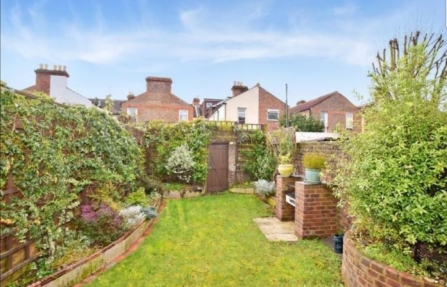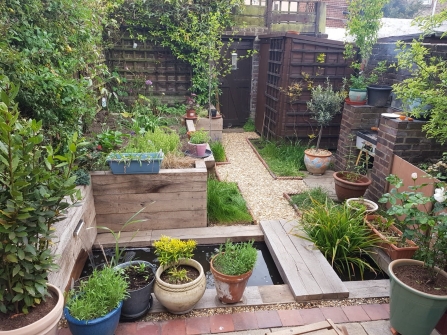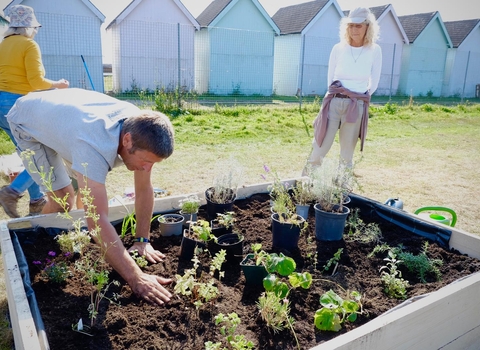
© Adam Humphrys
We were over the moon when we moved into our Victorian terraced house in Southsea. It wasn’t huge, but almost everything was done inside, just a bit of cosmetic work required. The garden, however, was the horticultural equivalent of a magnolia wall: bland and uninspiring, a small patch of rectangular grass with not much going on.








